In a surprising discovery, an eastern Massasauga rattlesnake, an increasingly rare and highly toxic species, was found during an annual snake survey in Ohio. The find highlights the delicate balance of ecosystems and the need for conservation efforts.
Discovery During Annual Snake Survey

The Ohio Department of Natural Resources made the unexpected discovery during their May 2024 annual snake survey in Huron County. Wildlife officer Matthew Smith identified and recorded the snake before releasing it back into its natural habitat.
Characteristics of the Eastern Massasauga

Eastern Massasauga rattlesnakes are small, thick-bodied snakes with heart-shaped heads and vertical pupils. Typically, they grow to about 2 feet long and have gray or light brown skin adorned with chocolate brown blotches on their backs.
The Range of the Eastern Massasauga

The eastern Massasauga can be found in several states, including Illinois, Indiana, Iowa, Michigan, Minnesota, New York, Pennsylvania, and Wisconsin. In Ohio, their presence has been recorded in more than 30 counties.
Declining Populations in Ohio

Despite their historical range, Massasaugas have become increasingly rare in Ohio. Since 1976, they have only been observed in nine counties, primarily due to habitat loss from extensive farming and urban development.
Habitat Preferences of the Massasauga

Massasaugas prefer bogs, swamps, and wet prairies, where they can find ample food and shelter. Their preferred habitats have been significantly reduced, contributing to their declining numbers.
Venom and Potential Danger

The venom of the eastern Massasauga is highly toxic, though a typical bite does not deliver a lethal dose to healthy adults. Despite their venomous nature, Massasaugas are usually sluggish and unlikely to bite unless provoked.
Conservation Status and Legal Protection
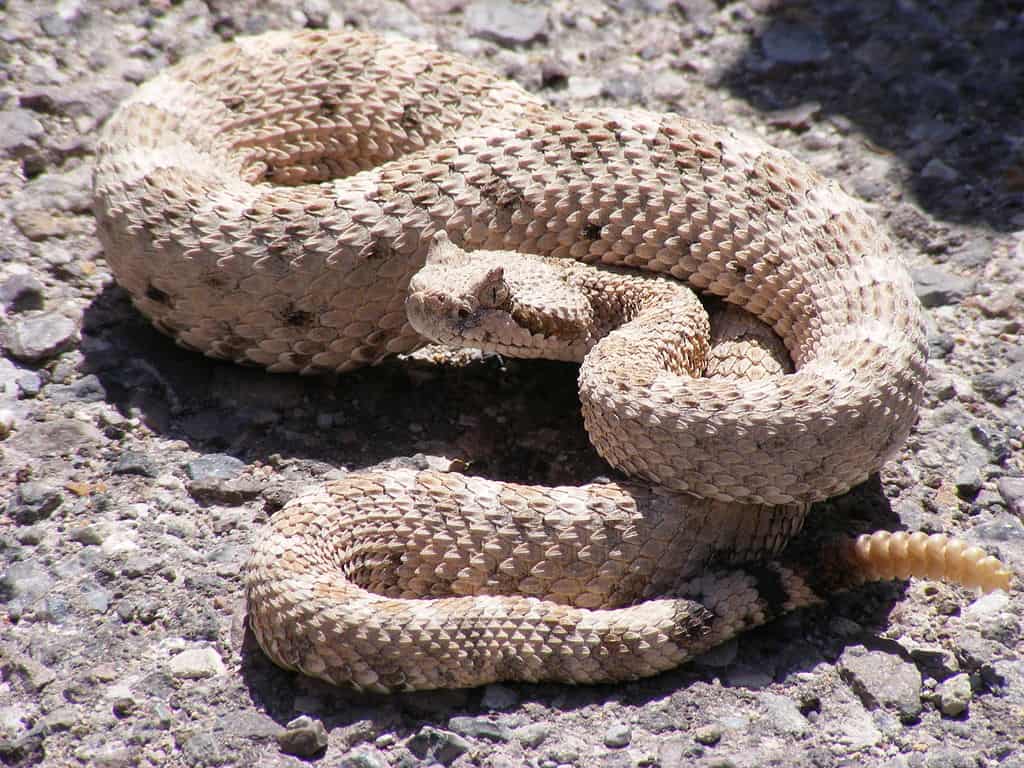
The eastern Massasauga is listed as a threatened species under the Endangered Species Act. Efforts are underway to protect their remaining habitats and support the recovery of their populations.
Behavior and Diet of the Eastern Massasauga

Massasaugas are generally inactive and non-aggressive. Their diet consists mainly of small rodents, but they also eat frogs and other snakes, contributing to their role in controlling rodent populations.
Importance of the Discovery

Finding an eastern Massasauga in Ohio underscores the need for continued conservation efforts and monitoring of endangered species. It provides valuable data for researchers and wildlife managers working to preserve the species.
Public Safety and Awareness

The Ohio Department of Natural Resources advises the public to treat Massasaugas with caution and respect. While they pose little threat when left undisturbed, encounters should be handled with care to avoid provoking the snake.
Historical Sightings and Records

Image via Depositphotos
Historical records indicate that the eastern Massasauga was once more common in Ohio. Changes in land use and habitat destruction have drastically reduced their numbers over the past few decades.
Efforts to Preserve Massasauga Habitats
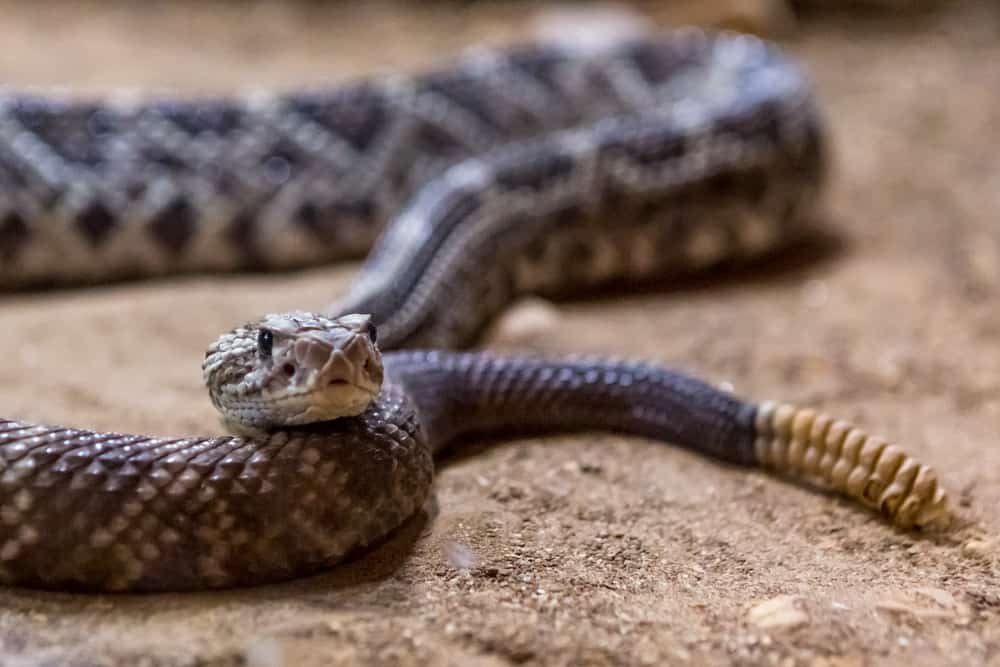
Conservationists are working to restore and protect the wetlands and prairies that are critical for the survival of the eastern Massasauga. These efforts include habitat restoration projects and legal protections.
Implications for Ecosystem Health
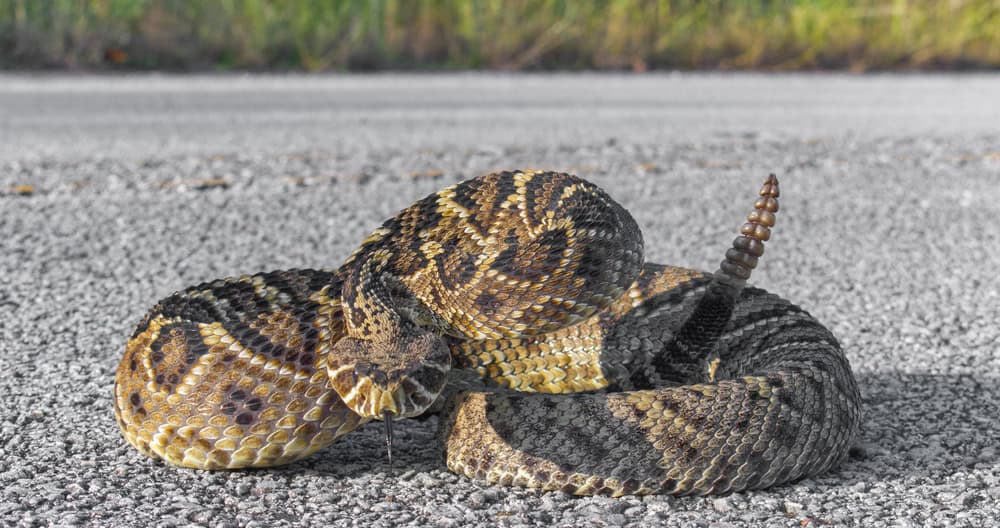
The presence of Massasaugas is an indicator of a healthy ecosystem. Their role as both predator and prey helps maintain the balance of the local food web, making their conservation vital for ecosystem stability.
The Role of Surveys in Conservation

Annual surveys conducted by the Ohio Department of Natural Resources are essential for tracking the status of endangered species like the eastern Massasauga. These surveys provide crucial data for developing effective conservation strategies.
What Is the Eastern Massasauga Rattlesnake?
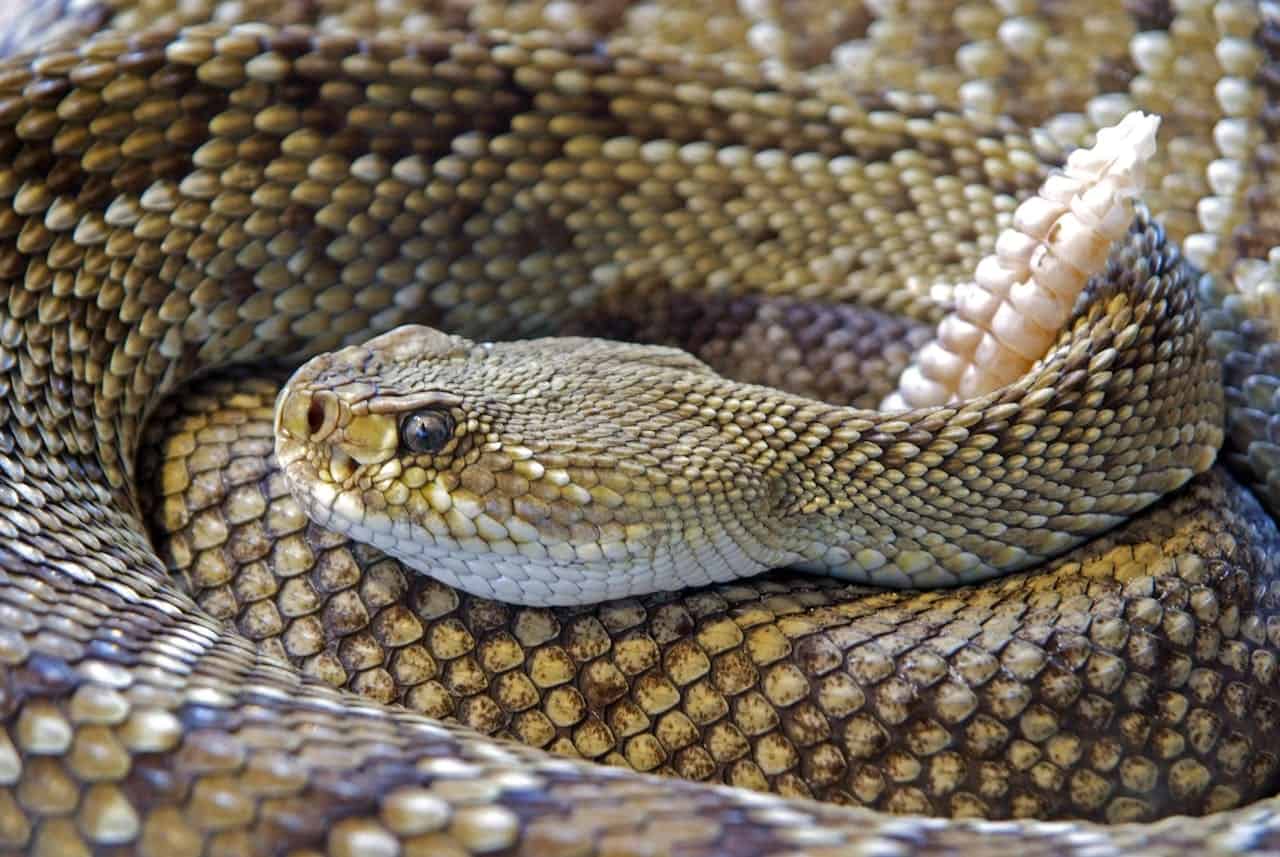
The eastern Massasauga is a small, thick-bodied rattlesnake known for its heart-shaped head and vertical pupils. It is one of the few venomous snakes found in Ohio.
How Was the Eastern Massasauga Discovered?

The snake was discovered during an annual survey conducted by the Ohio Department of Natural Resources in May 2024. It was recorded and then released back into its habitat.
What Is the Habitat of the Eastern Massasauga?

Massasaugas prefer wetland habitats such as bogs, swamps, and wet prairies. These areas provide the food and shelter necessary for their survival.
Why Are Massasaugas Rare in Ohio?

Massasaugas have become rare in Ohio due to habitat loss from farming and urban development. Their preferred habitats have been significantly reduced over the years.
Is the Eastern Massasauga Dangerous to Humans?
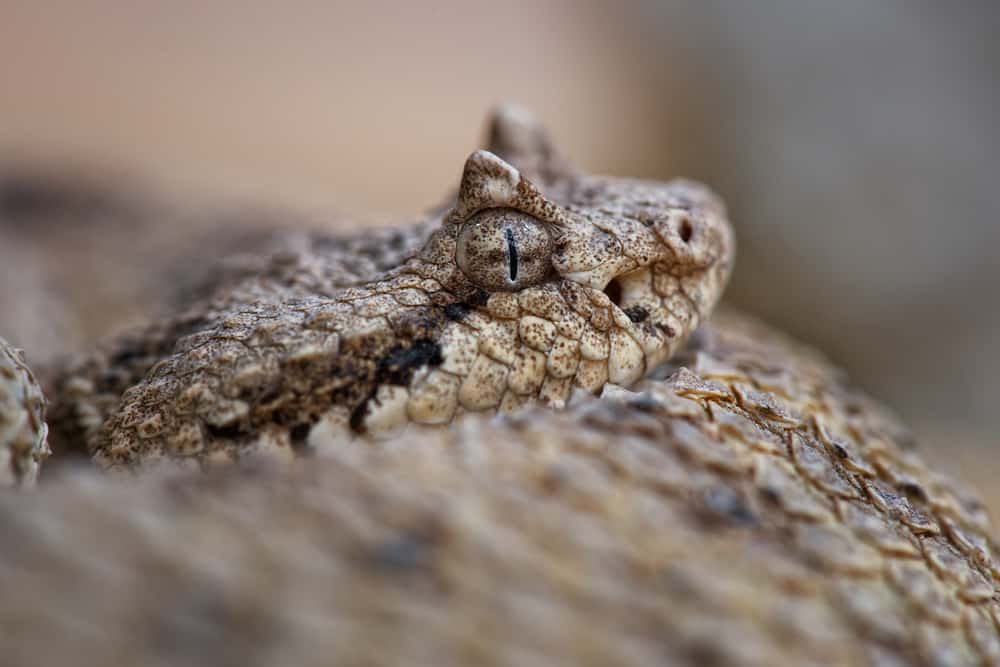
While the venom of the eastern Massasauga is highly toxic, bites are typically not fatal to healthy adults. The snake is usually non-aggressive and will only bite if provoked.
What Is Being Done to Protect the Eastern Massasauga?
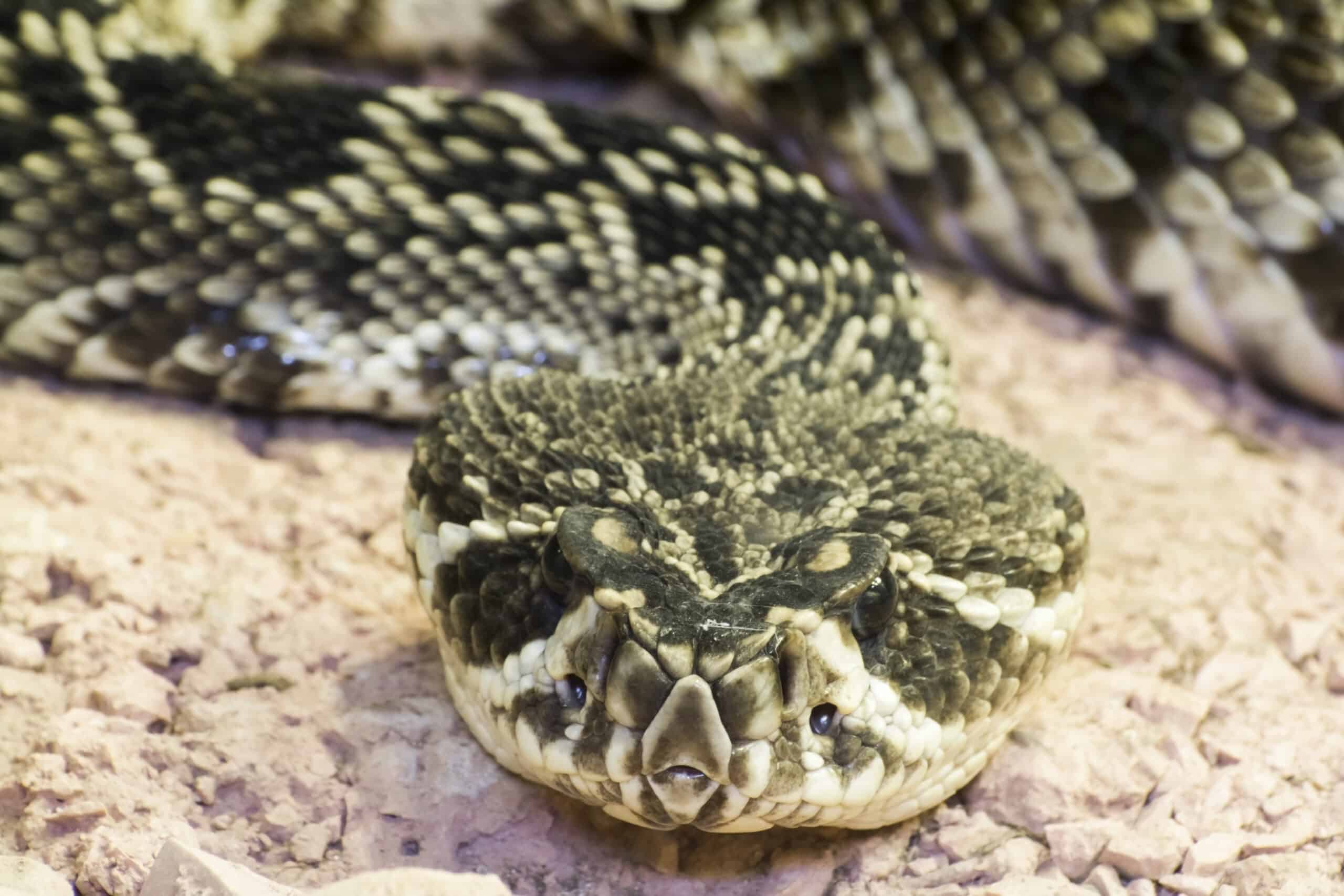
Image via Depositphotos
Conservation efforts include habitat restoration, legal protections, and monitoring through annual surveys to track population health and support recovery initiatives.
Next Up:
Record-Breaking Ball of Mating Burmese Pythons Discovered Florida Everglades
Record-Breaking Manatee Gathering in Florida Lagoon (932 manatees)
Join our Forum for free today!

- Massive Anaconda and Caiman Come Face to Face In Gripping Standoff - June 26, 2024
- Stranded Lion Gets Attacked by Hippos - June 26, 2024
- One-in-100 000 Rare Ginger Albino Seal Pup May Be Rejected by his Colony - June 26, 2024

